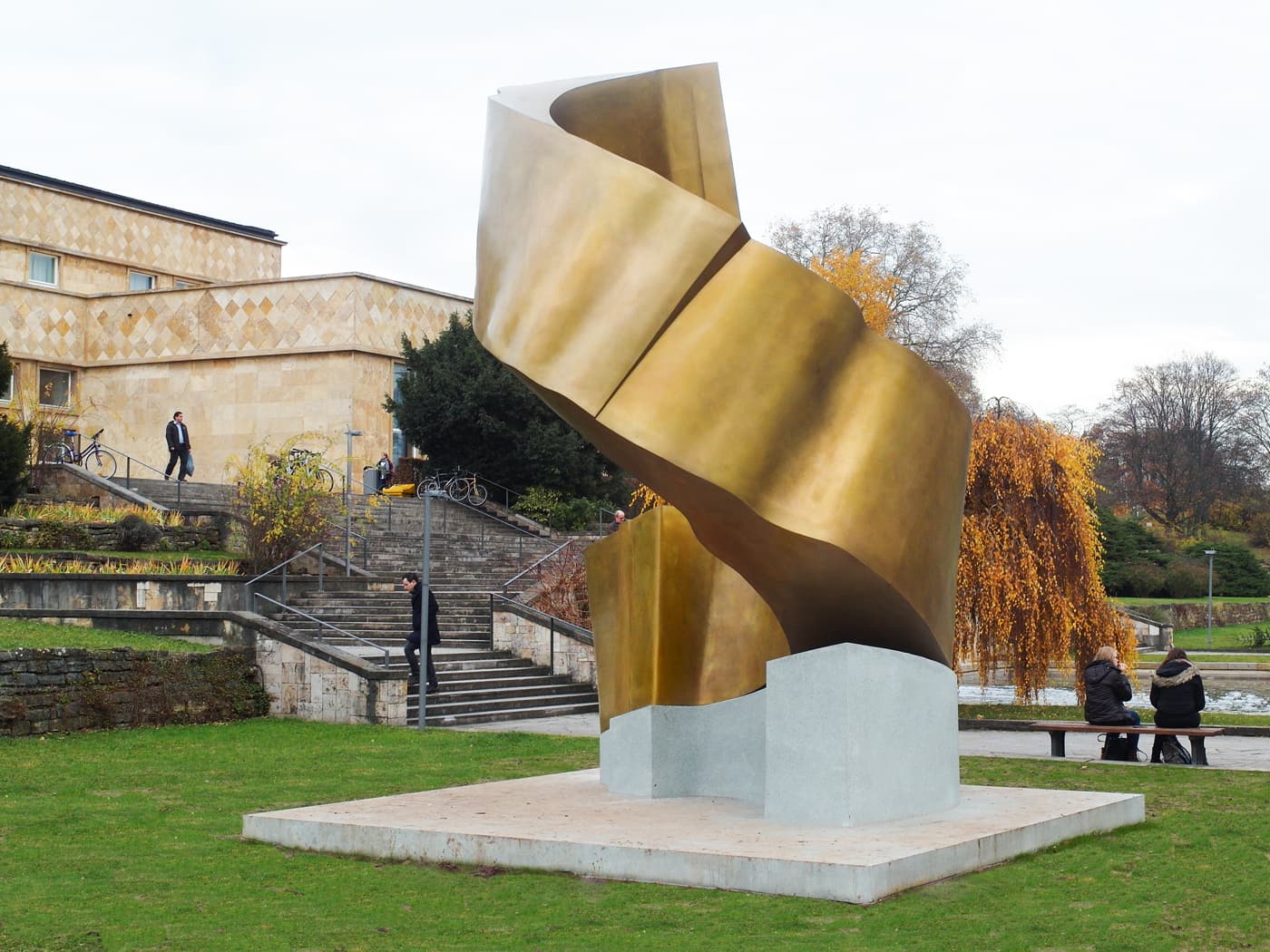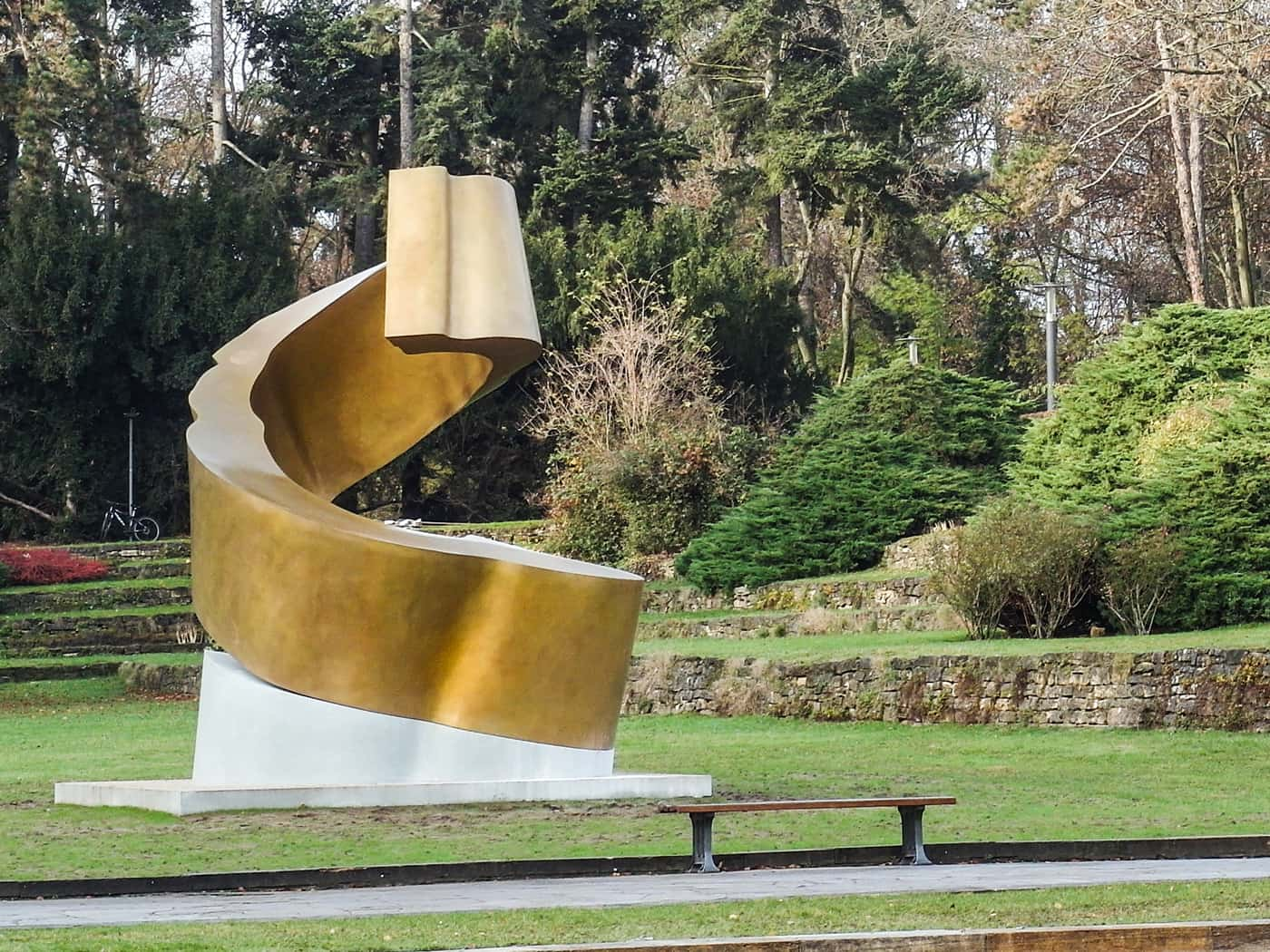In the case of the Hippocampus, despite the existing possibility of a modern digital enlargement of a model, a traditional analogue enlargement was chosen in our company.
This "old-fashioned" method of enlarging or transferring is a lengthy and time-consuming process (in this case the enlargement took nine months) with the great advantage that the correct proportions and a successful sculptural design can be incorporated into the work process right from the start and not just simply extrapolated from the computer. This is comparable to the translation of a literary work, which is probably more likely to be translated into a language by a person than by a computer.

Our artistic director, Michael Kaul, worked closely with the Maidagan/Zinny to understand and empathise with their thinking in order to produce the best possible artwork. Of course, it would be unfortunate if you had to wait until the finished bronze sculpture to realise that the design did not work on a large scale.
The analogue enlargement thus offers many possibilities for a step-by-step approach to the artistic form. Michael Kaul's work begins by meticulously dismantling a plaster copy of the artist's model into several individual parts and then enlarging the individual parts accordingly in polystyrene, which has the advantage that it can be easily stacked and also easily trimmed. The individual polystyrene parts with their complex curved surfaces were then assembled into a full-size model. This was followed by a layer of fibreglass for stabilisation and then a layer of plaster, which was finished to perfection. The model was then moulded in 30 individual parts using the sand casting process and invisibly welded so that everything looks as if the plastic had been cast in one piece.
Dimensions: 650 cm height
Cast bronze on a cast concrete base
Year of manufacture: 2016





